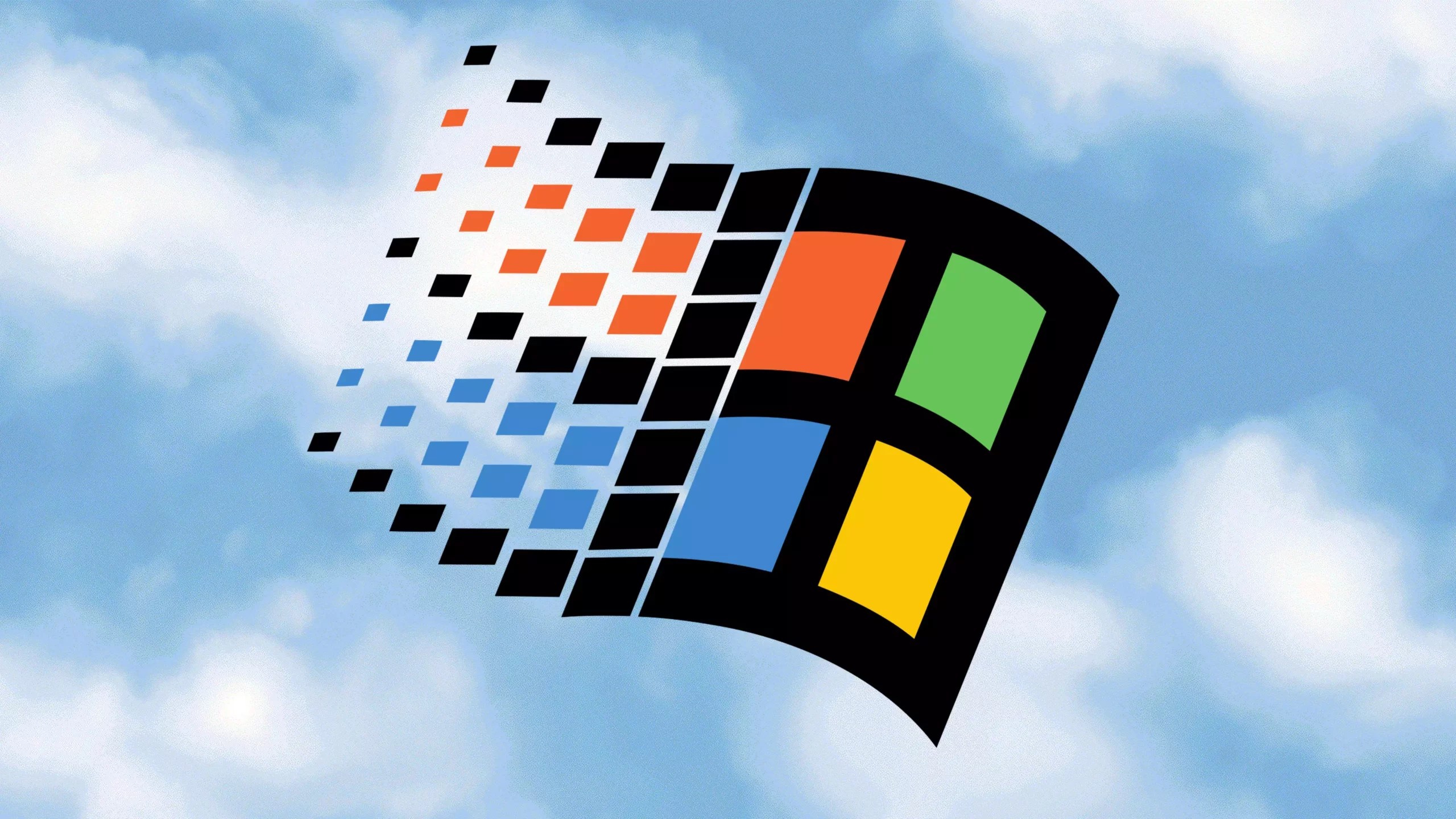In the ever-evolving landscape of gaming and technology, one may find it both amusing and bewildering to see a PlayStation 2 transformed into a makeshift PC running Windows 95. This recent endeavor by the YouTube channel MetraByte displays the kind of ingenuity that exemplifies the DIY spirit found within the gaming community. While traditional modding often focuses on running console games on PC, this twist—in which a vintage console takes on the guise of an aging operating system—poses intriguing questions about nostalgia, functionality, and our relentless quest to push hardware boundaries.
At first glance, it might seem subversive to turn a beloved gaming console—renowned for its graphics and diverse library—into something as bland and utilitarian as a desktop OS. Yet, this effort reveals a passionate undercurrent of creativity driven by a heady mix of nostalgia and curiosity. By utilizing Windows 95, a system often associated with the dawn of mainstream personal computing, MetraByte not only brings back fond memories but also draws attention to the significant gap between old and new technologies.
Hardware Challenges: A MIPS-based Dilemma
The process of integrating an x86 operating system into a machine built on the MIPS architecture is fraught with challenges. Unlike systems designed for direct compatibility with Windows, the PlayStation 2’s hardware intricacies require clever workarounds. MetraByte’s task begins with the installation of an x86 emulator, a crucial step that serves as the gateway for Windows 95 to function on this unconventional piece of hardware. However, the emulator’s limitations become painfully evident during the modding process.
Encounters with hardware recognition issues bring a healthy dose of frustration to MetraByte’s project. It’s reminiscent of the emotional roller coaster that many retro enthusiasts experience while working on their cherished devices. The amusing struggle to have a mouse recognized by the “Playdows 95” interface stands out, as the operating system refuses to comply with basic input requirements. Instead, it begrudgingly accepts a keyboard-gamepad combo, adding to the absurdity of the situation.
A Journey to Gaming Nirvana: Doom and the Mouse Conundrum
Despite the technical hindrances faced while configuring the operating system, MetraByte’s ultimate goal remains clear: to run “Doom.” This iconic game, which holds a significant place in gaming history, has become a benchmark for many people who engage in modding and hacking projects. However, the necessity of mouse input proves a significant hurdle that diminishes the potential success of experiencing the game in its true glory.
The importance of the mouse control in first-person shooters cannot be overstated; it radically alters gameplay dynamics, elevating it from a simple point-and-click experience to a finely tuned orchestration of movement and precision. While the nostalgic value of playing Doom on a PlayStation 2 modified to run Windows 95 is undeniable, it highlights the absurdity of technology when its components don’t communicate coherently.
MetraByte’s struggles evoke empathy and laughter. They echo the sentiment that the journey—the messy process of trial and error—often brings as much joy as the final destination. While we might hold the high ideals of seamless integration and flawless performance, the true spirit of these projects thrives in the face of adversity.
The Broader Implications of Retro Technology
Venturing into the world of old tech has become a subculture within itself, drawing those who deeply appreciate retro gaming and the history of computing. What MetraByte’s undertaking signifies is more than a simple hack; it epitomizes the remarkable potential of technology to evoke nostalgia and inspire creativity within a community.
As we witness young technophiles experiment with decades-old consoles and operating systems, we are reminded that innovation does not always require the latest technology. Sometimes, it thrives within the very artifacts that shaped our digital existence. This venture encourages us to not only appreciate the past but also to imagine alternative futures.
Modders and gamers alike are continuously redefining the relationship between hardware and software. They challenge us to break free from conventional frameworks and explore the possibilities inherent in intersecting old and new technologies. Through this lens, MetraByte’s playful antics encourage us all to rethink the boundaries of computing and push our creative limits, reminding us that there is so much more to gaming than merely playing.


Leave a Reply